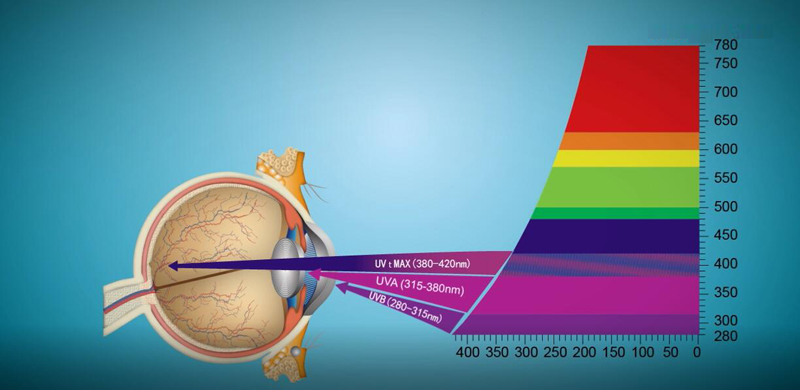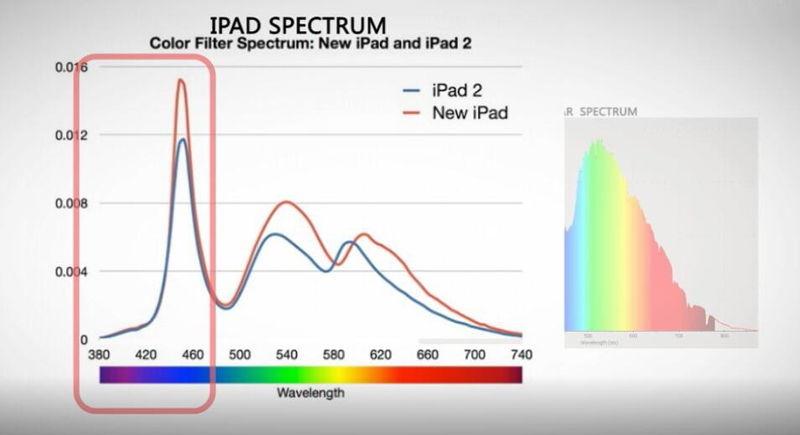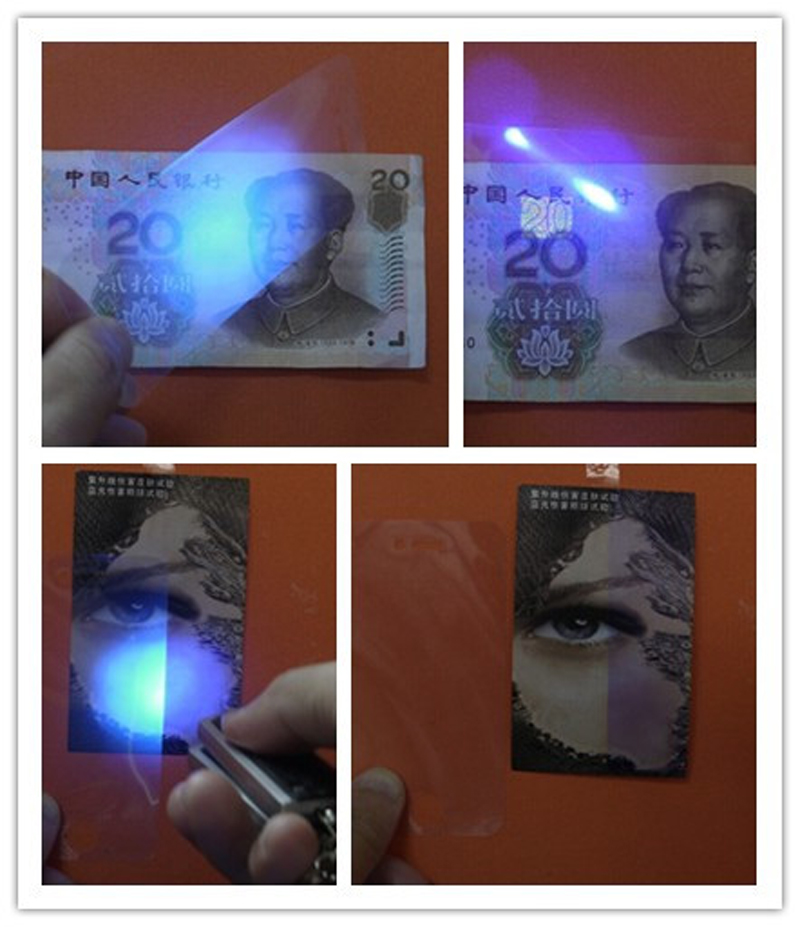Is blue light keeping you up at night? We ask the experts
Is blue light keeping you up at night? We ask the experts

There’s a lot of evidence that blue light, emitted by smartphones, tablets, laptops, and many other electronic devices, is impacting on the quantity and quality of the sleep we are getting. Darkness is a natural cue to our bodies that it’s time for sleep, but we’re circumventing it by staring at bright screens for hours after the sun has gone down.
You can decrease your exposure to blue light in a variety of ways, beyond turning off all the light sources. There are special filters, glasses, light bulbs, and even software you can use. But, before we get into that, let’s delve into the science behind it.
What’s the problem with blue light?
Blue light tells our brain that it isn’t time to sleep, according to the experts.
“There are about 30,000 cells inside your eye that are reactive to the wavelength of light which would be considered blue,” explains clinical psychologist and sleep therapist, Dr. Michael J. Breus. “Blue runs in about the 460 nanometer range, in terms of the spectrum of light. That particular spectrum of light hits these cells and makes them send a signal to an area of the brain known as the suprachiasmatic nucleus and tells it to turn off melatonin production. Melatonin is the key that starts the engine for sleep.”
The impact of blue light has been well-known to sleep researchers and scientists for many years now. Our circadian rhythms determine our internal clocks. Someone who routinely stays up late probably has a longer rhythm than an early riser. Daylight traditionally keeps those rhythms aligned with our environments. Blue light therapy is frequently used to shift sleep patterns and tackle sleep disorders.
“In the past 50 years, there has been a decline in average sleep duration and quality, with adverse consequences on general health,” so begins an illuminating paper entitled, Evening use of light-emitting eReaders negatively affects sleep, circadian timing, and next-morning alertness, based on research from Harvard Medical School, amongst other places.
The paper assessed two groups; half read a normal printed book for four hours before bedtime for five consecutive nights, while the other group read a light-emitting ebook reader for the same period. The patients using the ebook reader showed suppressed levels of melatonin. On average, they took 10 minutes longer to fall asleep and displayed significantly less rapid eye movement (REM) sleep than the group reading printed books.
Unsurprisingly, the ebook reader group reported feeling less tired in the evening, but they also reported that they felt more tired in the morning, despite having the same duration of sleep as the other group.
Can blue light damage our eyes?
There are also some scientists linking blue light to age-related macular degeneration, though the evidence doesn’t seem to be conclusive. Over exposure could be playing a role in the rise of cataracts and even blindness.
“We are seeing a much greater number of age-related macular degeneration patients, even back correcting for the aging population, so the risk factors are clearly changing,” explains Professor John Marshall, Frost Professor of Ophthalmology at the Institute of Ophthalmology in London, “If you look at cataracts there’s a very good correlation between the age of onset of cataracts and the degree of ultraviolet where you live in the world, that’s why people close to the equator tend to get their cataracts 5 to 10 years earlier.”

We know ultraviolet (UV) is damaging and the blue range is closest to it. For damage to the eye, UVB with wavelength of 280-315 will lead to sunburn and red. UVB is a carcinogen which also can cut throught the clouds or glass, shine into indoor and cars and irradiate into the dermis of skin to destroy elastic fibers, and collagen fibers and blacken our skin. It also causes skin aging and wrinkle. When it enters into lens, it causes cataract.
However, the new international criterion of hurting eyes is a kind of mix light called UVT max which is composed of near ultraviolet visible purple light and visible cyaneous light whose wavelengths are about 380-400nm.
The features of shortwave and high energy of these lights can enable them penetrate lens and reach retina where cyaneous light may cause free radical. Free radical can make pigment epithelial cells in retina died and then make photosensitive celss innutritious and impaired vision which will finally lead to maculopathy, retractile lens and myopia!
The risk of damage has a great deal to do with power and brightness.

How to filter blue light with special screen protectors?
By comparing the LED spectrum and solar spectrum, we found that LED with wavelength of 380-460 contain more purple blue light
while solar spectrum of 500-600 as main wave band. Obviously it it shortwave blue light that LED uses to get white light while the sunlight gets white light throught yellow green light.

Light with wave band of 380-400 exists in all advanced IPAD screen spectrum. So how can we handle the harm of screen?
EyeO2 was developed in 2013 together with a Japanese team, it boasts 95% transparency while cutting down on blue light by 99%, which only have 30% blue light cutting most sale in the market. How does it work? Let's do some tests.
Testing 1: 100% filtration of ultraviolet rays. you can see the feature of 100% filtration of UV400 of our products. We use the ultraviolet rays of UV400 to test lamps. By irradiating the anti-counterfeiting printing on RMB 20. Under the proteciton of 2 protectors, you can clearly see that the black protector cant block UV400 light, but Eye O2 protectors can block UV400 light instantly.
Testing 2: Blocking ultraviolet rays and avoiding melanin irradiated by UV without blocking of Eyes O2 protector. Then we can find human being skin damaged by UV and produce melanin which proves the light contains strong energy that it wont change its color with the blocking of our protector even after long time of irradiation.


EyeO2 is a screen protector which protects your eyes and sleep by cutting out the Blue Light transmittance. It can know immediately which light is transmittable and which one is not. As long as it feels electromagnetic wave of high frequency and high energy, the nanometer materials contained in EyeO2 will witness energy conversion which can reach 99% blue light filter, 100& UV filter.
What's the most important, it has high clear and anti-glare (matte) two alternatives. For the anti glare one (most are high clear one in the market), the touching is very smoothly and anti fingerprint, also can anti glare while in using outside.
If you have any interesting of our EyeO2 (blue light screen filter), welcome to contact:
Whatsapp: +86-158-1835-1384 Fiona Fang
Skype: fangzimu2001
E-mail: f.heroshieldz@hotmail.com